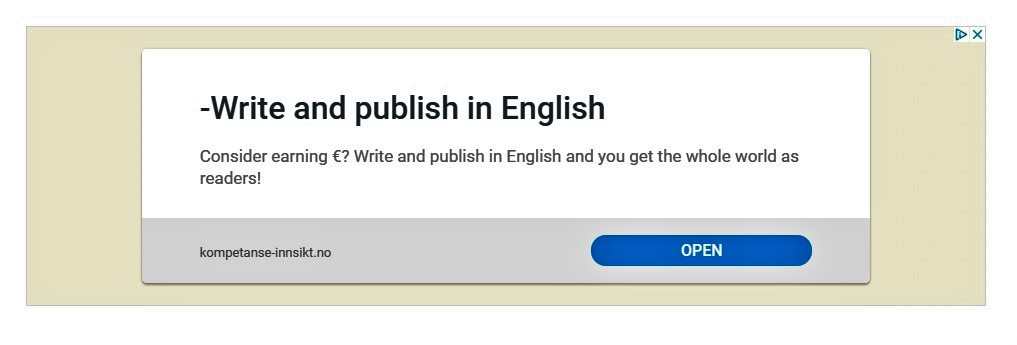I love all the questions that are being emailed to me by new subscribers, lately. Thank you. One recent question that I want to answer this evening is, “How do I get paid online?” Well, it all depends on which ecommerce site you’re selling digital content through. They are all free of charge to set up. But some companies will send payments directly to your bank account while others will pay you through PayPal.
How do I get paid online for personal book sales?
You can see, in the above picture, that my books sell through various Amazon sites: Canada, USA, Germany, India, Australia, et cetera. You can also see that Amazon collects payments from each country in that country’s currency. Three months later, it converts that currency into Canadian dollars before depositing it directly into my Canadian bank account. The all happens automatically each month. I don’t have to do anything. I just get paid whenever books sell.
In the free book I give you when you subscribe to this blog, I explain which website link you can visit to set up your Amazon account and start publishing books. When you set up that account, you will also be directed to provide your bank account information to Amazon. It’s quite easy and safe to do, and Amazon gives easy instructions to follow. Then, from that point forward, you’ll get paid for your books wherever they sell throughout the world. Best of all, Amazon will pay you in your country’s currency.
Kobo and Ingram Content Group pay me the exact same way as Amazon pays me. I provided bank account information to each of them when I set up my publishing accounts. And now? They automatically pay me royalties based on however many book sales I make in all the countries they sell in around the world.
How do I get paid online as an affiliate marketer?
Book royalties are only part of the income I earn online. In addition to selling ebooks through Amazon and Kobo, and paperback books through Ingram, I also sell online courses through Udemy. I sell my own personally-designed course titled Self-Publishing Success in Bookstores and Online!, and I earn affiliate income by selling other people’s courses through my website.
Udemy, and many other affiliate marketing sites, offer you the option of being paid via PayPal rather than through your regular bank account. This makes account set-up a lot faster if you already have a PayPal account. If you don’t have a PayPal account yet, then you can set one up for free. It will take a few days to establish the account before you can start using it.
Click on this link to view our online course selections related to affiliate marketing: Earn Additional Passive Online Income as an Affiliate Marketer
I have a business PayPal account that is attached to my business bank account and credit card. When I get paid affiliate marketing commissions, I can keep that money in my PayPal account. Or, if I choose, I can transfer it to my regular bank account.
Much like Amazon, PayPal will figure out currency conversion for you. This makes it easy to buy and sell all around the world. How wonderful is that?
How do I get paid online for monetizing my blog?
You may have noticed that, at the bottom of every webpage and blog post on this website, there is an advertisement that looks something like this:
That’s a Google AdSense advertisement. In this mini ebook, I talk about how you can direct more traffic to your website using pay-per-click (PPC) advertising. Better yet, you can earn money on your website through other people’s PPC ads by setting up a Google Adsense account for yourself.
How does this work? Well, the above ad was paid by someone else and placed on my website by Google. Whenever someone visits my website and clicks on any of these ads, I earn a small portion of the money that advertiser paid to place it there; it is paid to me by Google like a form of commission off the sale.
Google Adsense is another easy way to monetize a website and get paid online. Google pays me directly to my bank account like Amazon does. There is no PayPal option here.
So Many Ways to Get Paid Online
You can set up so many different income streams for yourself online. Once they are set up and attached to either your bank account or your PayPal account, then all you must do is drive traffic to the website(s) where you sell books and whatever else. Promote these things online then watch them sell. That’s all you have to do. And the payments will take care of themselves for you just as they now do for me.
You might consider syndicating this content on your own blog. If you do, make sure to attribute the original source so neither of us gets dinged on the SEO front. You can do that by including this line at the bottom of the article: This content first appeared on the PPG Publisher’s Blog and has been republished here with permission.
As a user of this website, you are authorized only to view, copy, print, and distribute the documents on this website so long as: one (1) the document is used for informational purposes only; and two (2) any copy of the document (or portion thereof) includes the following copyright notice: Copyright © 2020 Polished Publishing Group (PPG). All rights reserved.





